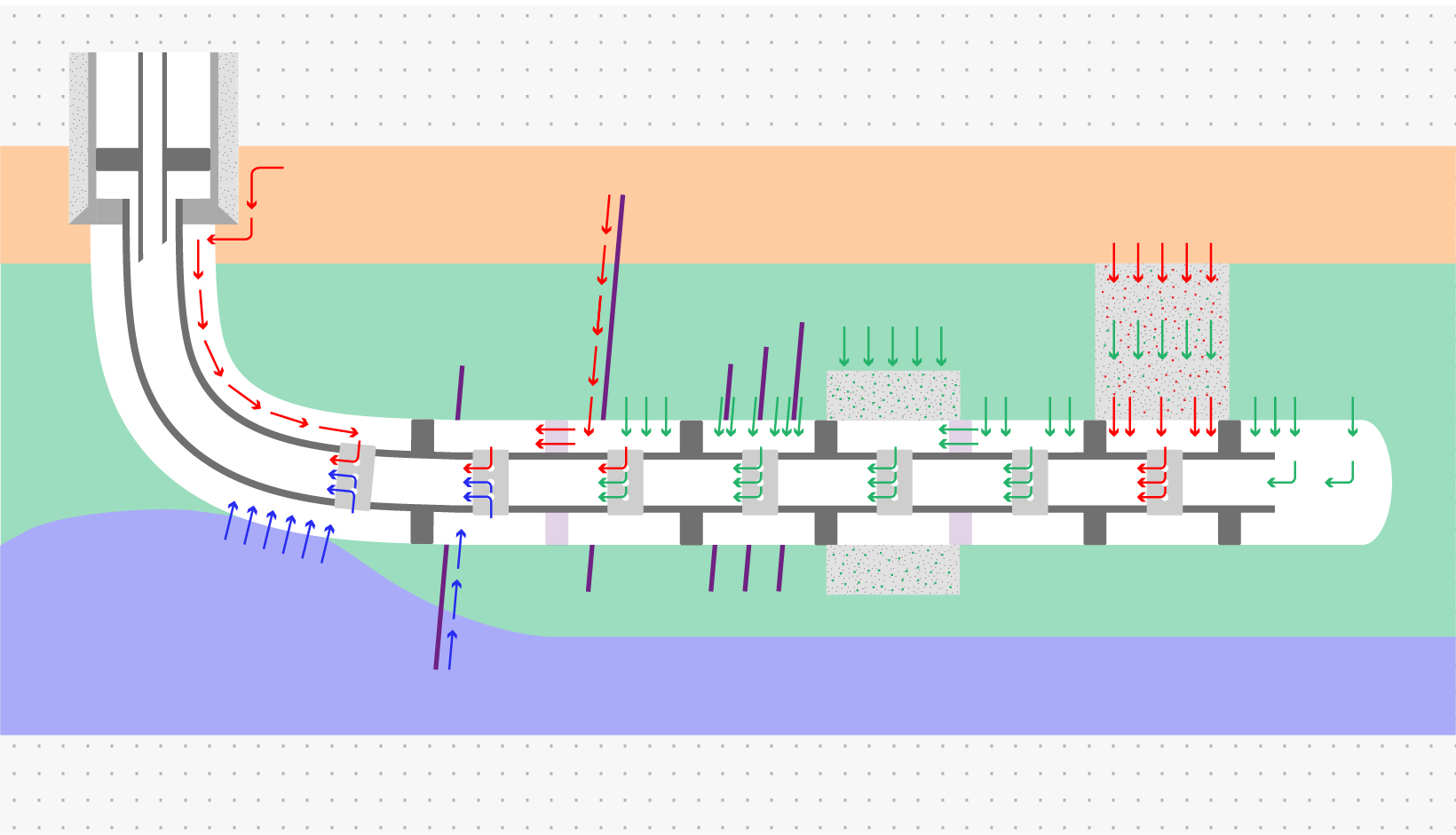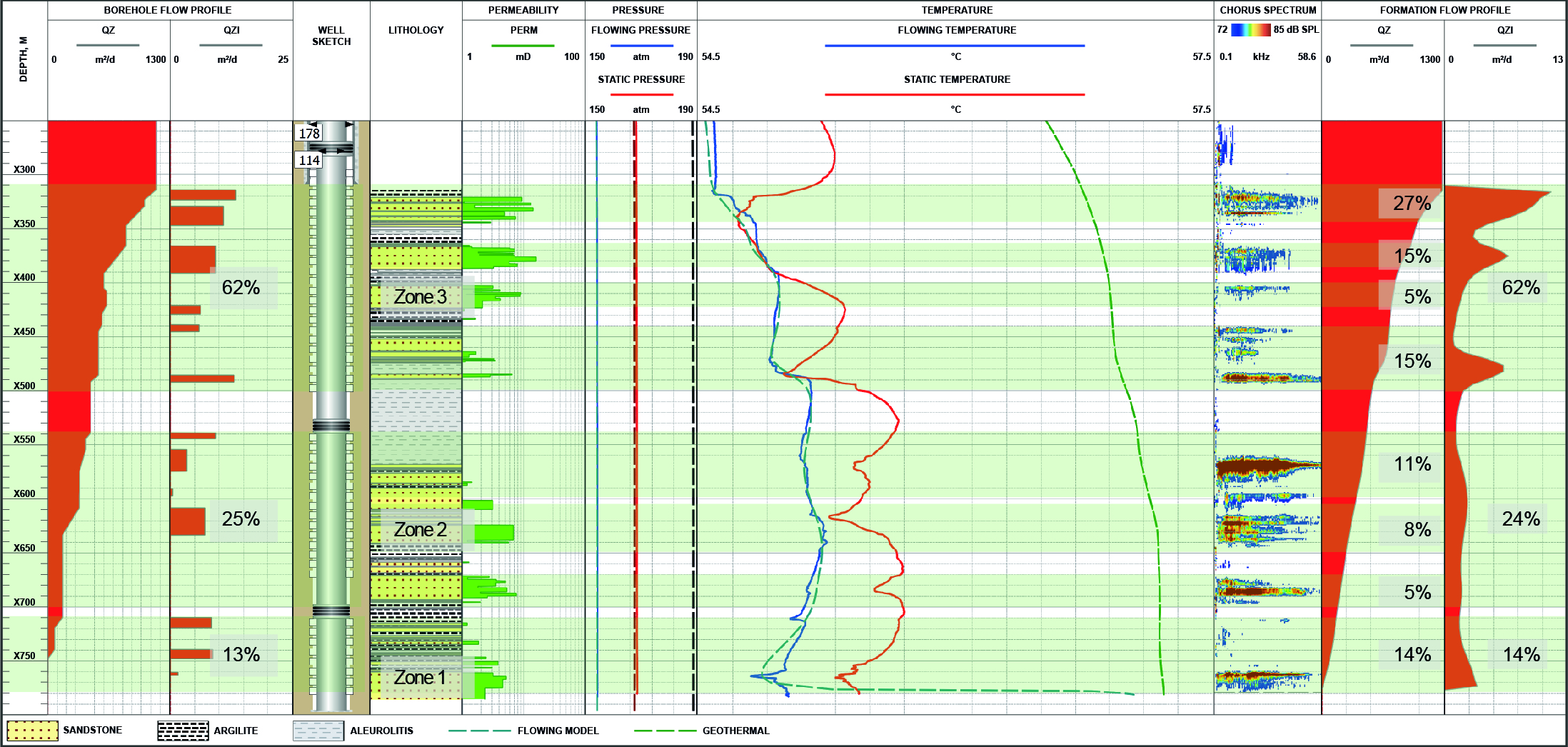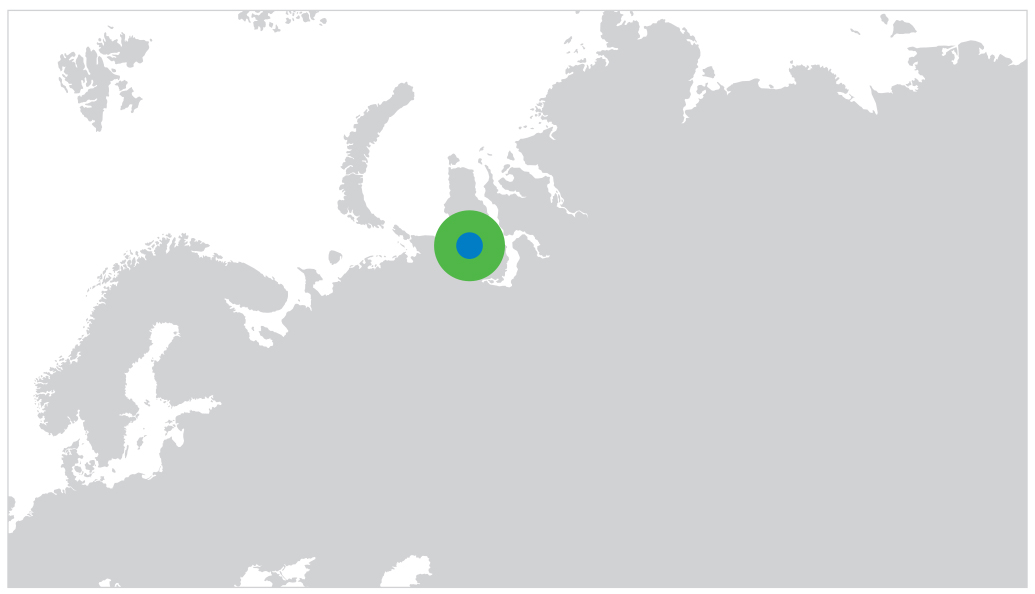Producing gas from low-permeability reservoirs is always challenging, and making the correct field development decisions is crucial to success. Operators have to consider issues such as well type and configuration, and wellbore length for each geological or reservoir setting. Accurate gas production profiles from early wells help operators make the right field development choices.
Decisions made in the early stages of field development can have a huge impact on asset economics and longevity. In this case, the operators faced a particular challenge, as obtaining accurate production profiles in horizontal wells with uncemented slotted liners is extremely challenging for conventional PLT spinners. This is because of the complex gas flow regimes in the wellbore and the potential for the reservoir flow to be substantially different from the wellbore flow.


